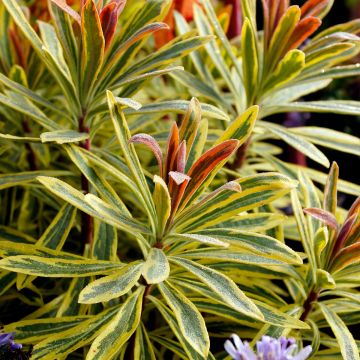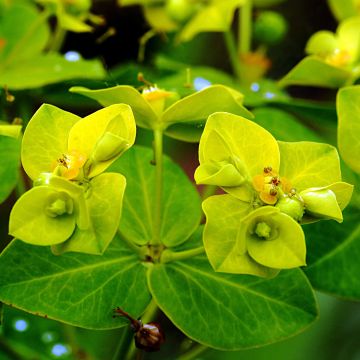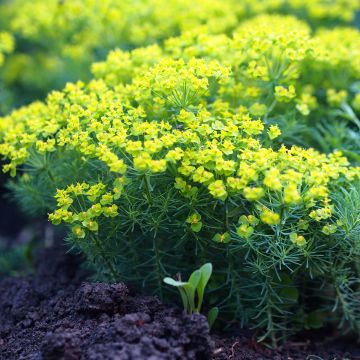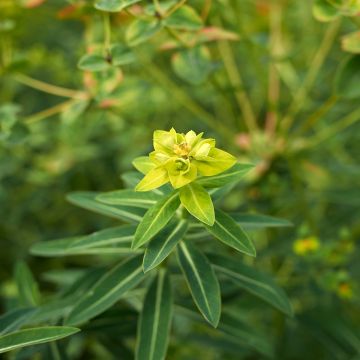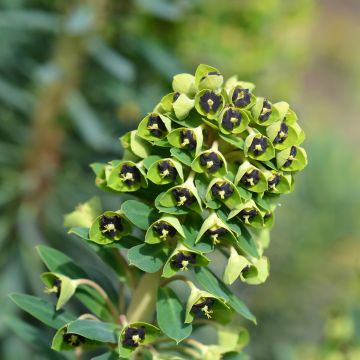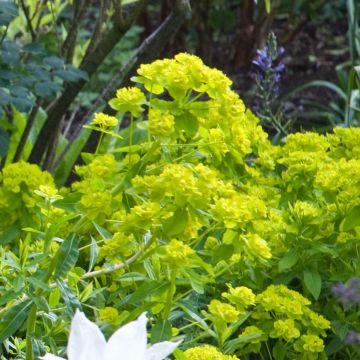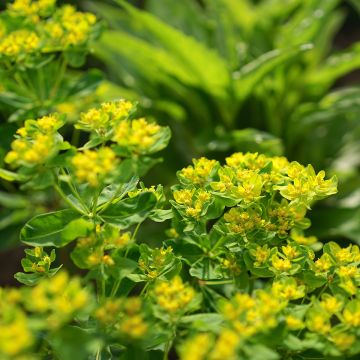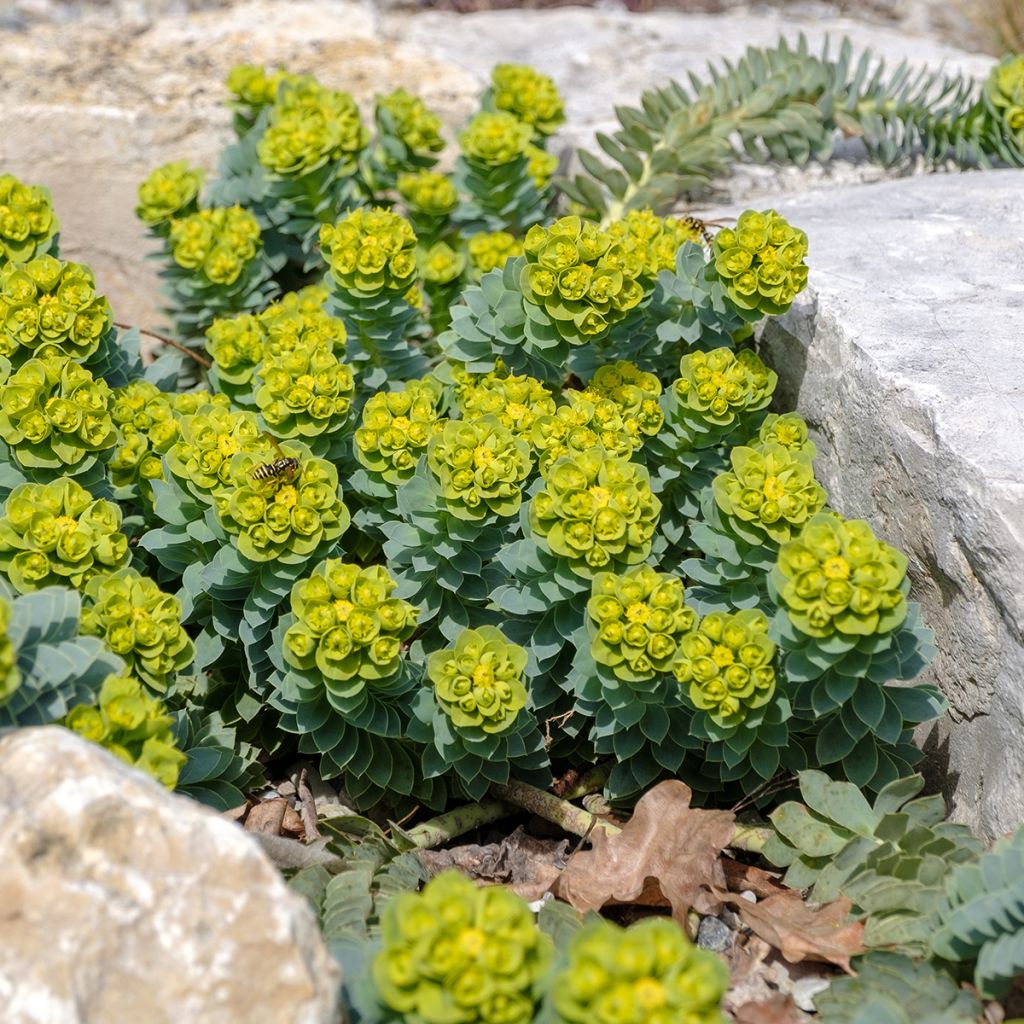

Euphorbia myrsinites
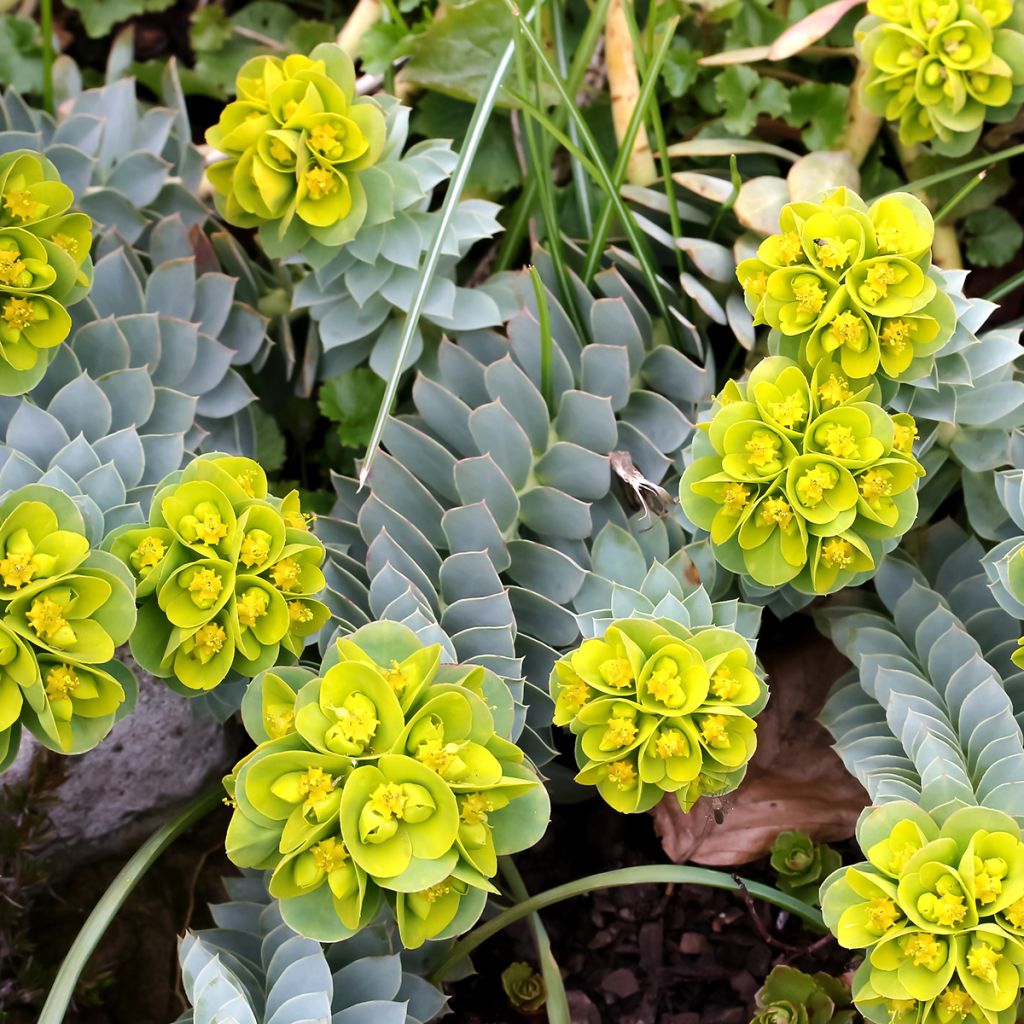

Euphorbia myrsinites


Euphorbia myrsinites


Euphorbia myrsinites
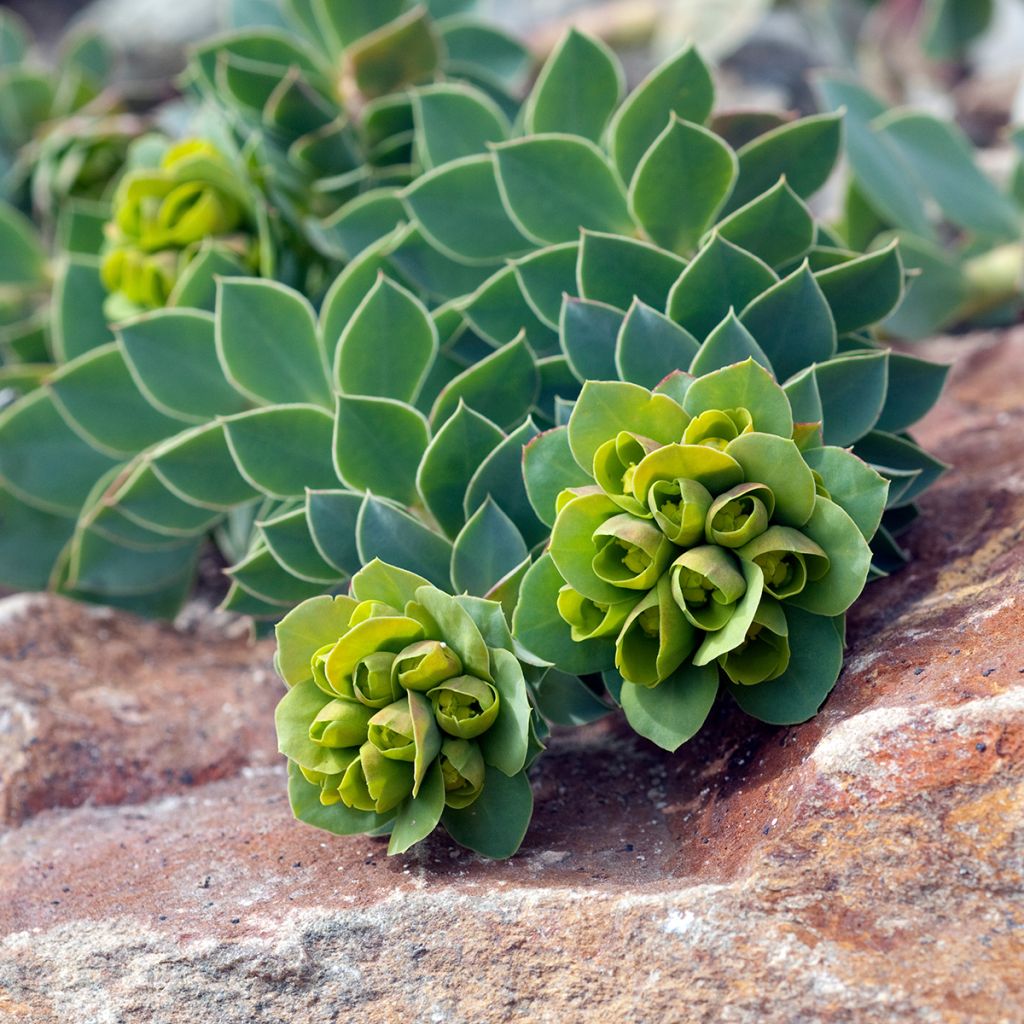

Euphorbia myrsinites
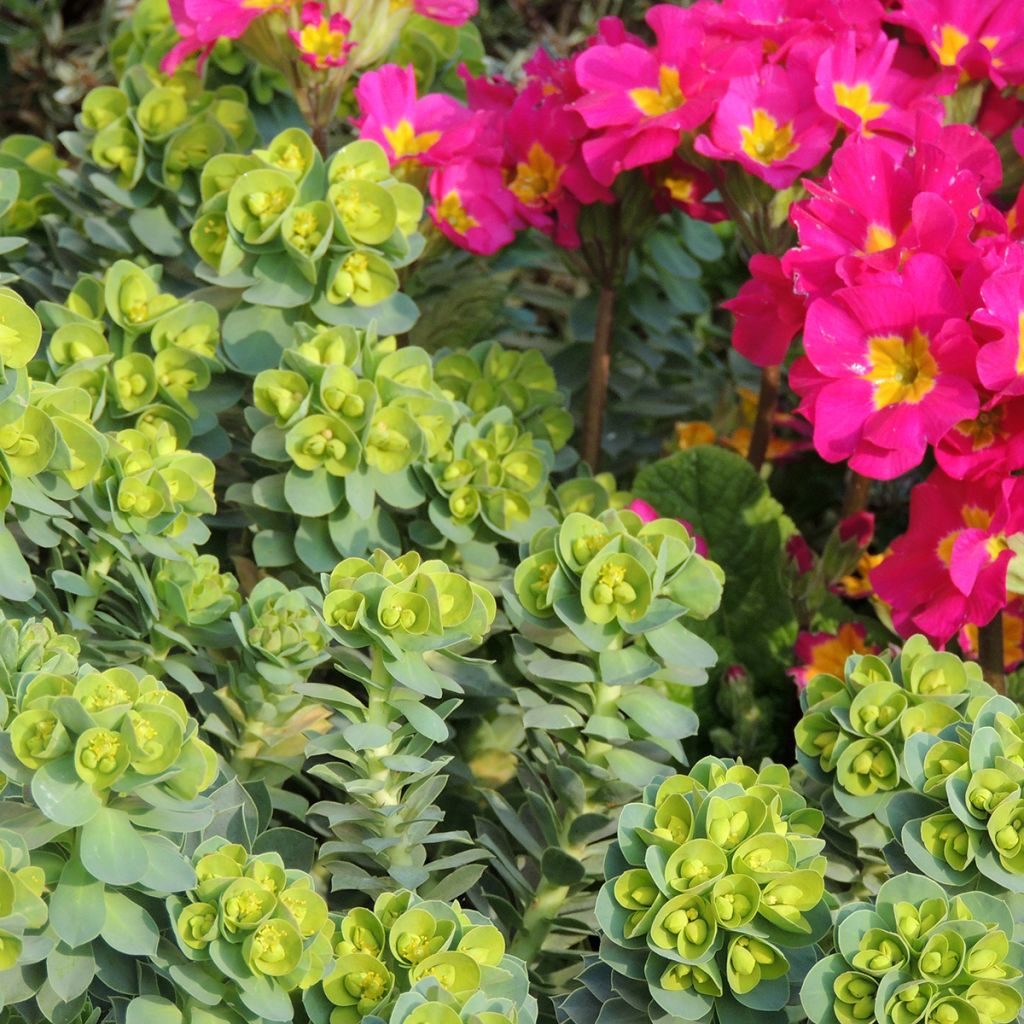

Euphorbia myrsinites
Euphorbia myrsinites
Euphorbia myrsinites
Broad-leaved Glaucous Spurge
Special offer!
Receive a €20 voucher for any order over €90 (excluding delivery costs, credit notes, and plastic-free options)!
1- Add your favorite plants to your cart.
2- Once you have reached €90, confirm your order (you can even choose the delivery date!).
3- As soon as your order is shipped, you will receive an email containing your voucher code, valid for 3 months (90 days).
Your voucher is unique and can only be used once, for any order with a minimum value of €20, excluding delivery costs.
Can be combined with other current offers, non-divisible and non-refundable.
Home or relay delivery (depending on size and destination)
Schedule delivery date,
and select date in basket
This plant carries a 6 months recovery warranty
More information
We guarantee the quality of our plants for a full growing cycle, and will replace at our expense any plant that fails to recover under normal climatic and planting conditions.
Would this plant suit my garden?
Set up your Plantfit profile →
Description
The Corsican Spurge, in Latin Euphorbia myrsinites, is a small hardy perennial, evergreen in winter, with prostrate stems of a bluish colour, whose tentacle-like appearance is not devoid of a certain charm. Its small fleshy leaves gently coloured in greyish-blue are nicely arranged in a tight spiral along the stems that all originate from a central point. This gives the plant an original and highly decorative architecture. Its bright yellow inflorescences appear throughout spring. Indispensable in very dry and sunny areas, this small Euphorbia works wonders in rockeries, as a border plant, or in a gravel garden. It readily self-seeds where it likes.
The Corsican Spurge belongs to the Euphorbiaceae family. In nature, it is found around the Mediterranean and extends to Asia. It is a plant that thrives in sunny locations and well-drained, poor, and dry soils. It is undemanding and tolerates limestone well, but it dislikes heavy clay soils that retain water in winter and can cause its base to rot. Under good conditions, it can withstand temperatures as low as -15°C (5°F). The stems and leaves contain an irritant latex for the skin and eyes. The plant is toxic if ingested.
Euphorbia myrsinites has a thick base and develops several stems that crawl more or less on the ground. When mature, it reaches about 20cm (8in) in height and has a spread of 50cm (20in). Its multiple stems emerge from a central point. Each stem is fleshy, thick, and adorned with numerous small, stiff leaves densely and geometrically arranged. The leaves are covered with a pruine, giving them a beautiful grey-blue colour. This attractive foliage remains decorative in winter. The flowering occurs from March-April to June-July, depending on the climate, and is earlier in mild regions. At the tip of each stem, a globular inflorescence forms, composed of tiny flowers surrounded by decorative bracts and nectar glands. This blooming is a very bright acidic yellow, visible from afar. Over the weeks, the floral bracts take on pink tones, resembling flowers and creating a refined association with the foliage colour. Once pollinated by insects, the Corsican Spurge produces small fruits that expel numerous small seeds when mature. These seeds require the winter cold to germinate. The plant forms new stems after this flowering.
The Corsican Spurge, with its exemplary frugality, is used in rockeries, to cover slopes, as a border plant in raised beds, in natural gardens, but also in containers with other plants suitable for dry soil. It only requires sun and a well-drained soil. This small plant pairs well with low-growing grasses like Stipa tenuifolia or blue fescue. It can also be mixed with other dry rock species such as rock soapwort, carnations, dwarf Artemisia, Mexican fleabane, or Carpathian bellflower...
Report an error about the product description
Flowering
Foliage
Plant habit
Safety measures
Botanical data
Euphorbia
myrsinites
Euphorbiaceae
Broad-leaved Glaucous Spurge
Mediterranean
atteintescutaneomuqueuses
Cette plante peut provoquer l'apparition de réactions cutanées indésirables, une atteinte des yeux, ou des difficultés respiratoires si elle est ingérée.
Ne la plantez pas là où de jeunes enfants peuvent évoluer. Evitez tout contact avec la peau: privilégiez l'emploi de gants pour la manipuler. En cas de contact, lavez-vous soigneusement les mains et rincez abondamment à l'eau la zone concernée. Lavez les vêtements entrés en contact. En cas de réaction cutanée, contactez votre médecin ou le centre antipoison le plus proche de chez vous. En cas d'atteinte étendue ou de difficultés respiratoires, appelez immédiatement le 15 ou le 112.Pensez à conserver l'étiquette de la plante, à la photographier ou à noter son nom, afin de faciliter le travail des professionnels de santé.
Davantage d'informations sur https://plantes-risque.info
Other Euphorbia - Spurge
View all →Planting and care
Sowing:
Sow the Corsican spurge in a tray indoors from February or outdoors in April-May. Sow on the surface of a well-drained, light, but slightly moist sowing compost. Simply cover with vermiculite or a very thin layer of compost. The ideal temperature for germination is between 15 and 18°C (59 and 64.4°F). Germination can be slow and irregular, taking from 2 weeks to several months. If your seedlings do not emerge, place them in cold conditions at 4°C (39.2°F) for 3 months, then return them to warmth. Make sure the substrate remains slightly moist. Transplant the seedlings when they are large enough to handle into 8cm (3in) pots. After a period of hardening in outdoor conditions, plant them in the ground with a spacing of 50cm (20in).
Another option: sow in late summer directly in place, in rockeries or borders, burying the seeds very lightly as they require light to germinate. Winter temperatures are beneficial for breaking seed dormancy. They will germinate without the assistance of the gardener in spring.
Cultivation:
This spurge loves the sun and requires a very well-drained, gravelly soil that does not retain too much water. It tolerates limestone well, as well as a slightly acidic compost. In heavy, clayey soil, the stump may rot. In this case, it is planted on a mound or a raised bed with enriched gravelly soil. To help it establish roots, water regularly during the first few weeks, but allow the soil to dry out slightly between waterings. Occasional watering may also be necessary for young plants during the first summer if it is very dry and hot. After that, the plant can fend for itself, even in arid Mediterranean areas.
Cut back faded inflorescences around July if you want to avoid spontaneous sowing. This will make room for new shoots produced by the stump. Young plants can be easily removed by simply pulling them out.
Sowing period
Intended location
This item has not been reviewed yet - be the first to leave a review about it.
Haven't found what you were looking for?
Hardiness is the lowest winter temperature a plant can endure without suffering serious damage or even dying. However, hardiness is affected by location (a sheltered area, such as a patio), protection (winter cover) and soil type (hardiness is improved by well-drained soil).

Photo Sharing Terms & Conditions
In order to encourage gardeners to interact and share their experiences, Promesse de fleurs offers various media enabling content to be uploaded onto its Site - in particular via the ‘Photo sharing’ module.
The User agrees to refrain from:
- Posting any content that is illegal, prejudicial, insulting, racist, inciteful to hatred, revisionist, contrary to public decency, that infringes on privacy or on the privacy rights of third parties, in particular the publicity rights of persons and goods, intellectual property rights, or the right to privacy.
- Submitting content on behalf of a third party;
- Impersonate the identity of a third party and/or publish any personal information about a third party;
In general, the User undertakes to refrain from any unethical behaviour.
All Content (in particular text, comments, files, images, photos, videos, creative works, etc.), which may be subject to property or intellectual property rights, image or other private rights, shall remain the property of the User, subject to the limited rights granted by the terms of the licence granted by Promesse de fleurs as stated below. Users are at liberty to publish or not to publish such Content on the Site, notably via the ‘Photo Sharing’ facility, and accept that this Content shall be made public and freely accessible, notably on the Internet.
Users further acknowledge, undertake to have ,and guarantee that they hold all necessary rights and permissions to publish such material on the Site, in particular with regard to the legislation in force pertaining to any privacy, property, intellectual property, image, or contractual rights, or rights of any other nature. By publishing such Content on the Site, Users acknowledge accepting full liability as publishers of the Content within the meaning of the law, and grant Promesse de fleurs, free of charge, an inclusive, worldwide licence for the said Content for the entire duration of its publication, including all reproduction, representation, up/downloading, displaying, performing, transmission, and storage rights.
Users also grant permission for their name to be linked to the Content and accept that this link may not always be made available.
By engaging in posting material, Users consent to their Content becoming automatically accessible on the Internet, in particular on other sites and/or blogs and/or web pages of the Promesse de fleurs site, including in particular social pages and the Promesse de fleurs catalogue.
Users may secure the removal of entrusted content free of charge by issuing a simple request via our contact form.
The flowering period indicated on our website applies to countries and regions located in USDA zone 8 (France, the United Kingdom, Ireland, the Netherlands, etc.)
It will vary according to where you live:
- In zones 9 to 10 (Italy, Spain, Greece, etc.), flowering will occur about 2 to 4 weeks earlier.
- In zones 6 to 7 (Germany, Poland, Slovenia, and lower mountainous regions), flowering will be delayed by 2 to 3 weeks.
- In zone 5 (Central Europe, Scandinavia), blooming will be delayed by 3 to 5 weeks.
In temperate climates, pruning of spring-flowering shrubs (forsythia, spireas, etc.) should be done just after flowering.
Pruning of summer-flowering shrubs (Indian Lilac, Perovskia, etc.) can be done in winter or spring.
In cold regions as well as with frost-sensitive plants, avoid pruning too early when severe frosts may still occur.
The planting period indicated on our website applies to countries and regions located in USDA zone 8 (France, United Kingdom, Ireland, Netherlands).
It will vary according to where you live:
- In Mediterranean zones (Marseille, Madrid, Milan, etc.), autumn and winter are the best planting periods.
- In continental zones (Strasbourg, Munich, Vienna, etc.), delay planting by 2 to 3 weeks in spring and bring it forward by 2 to 4 weeks in autumn.
- In mountainous regions (the Alps, Pyrenees, Carpathians, etc.), it is best to plant in late spring (May-June) or late summer (August-September).
The harvesting period indicated on our website applies to countries and regions in USDA zone 8 (France, England, Ireland, the Netherlands).
In colder areas (Scandinavia, Poland, Austria...) fruit and vegetable harvests are likely to be delayed by 3-4 weeks.
In warmer areas (Italy, Spain, Greece, etc.), harvesting will probably take place earlier, depending on weather conditions.
The sowing periods indicated on our website apply to countries and regions within USDA Zone 8 (France, UK, Ireland, Netherlands).
In colder areas (Scandinavia, Poland, Austria...), delay any outdoor sowing by 3-4 weeks, or sow under glass.
In warmer climes (Italy, Spain, Greece, etc.), bring outdoor sowing forward by a few weeks.






























